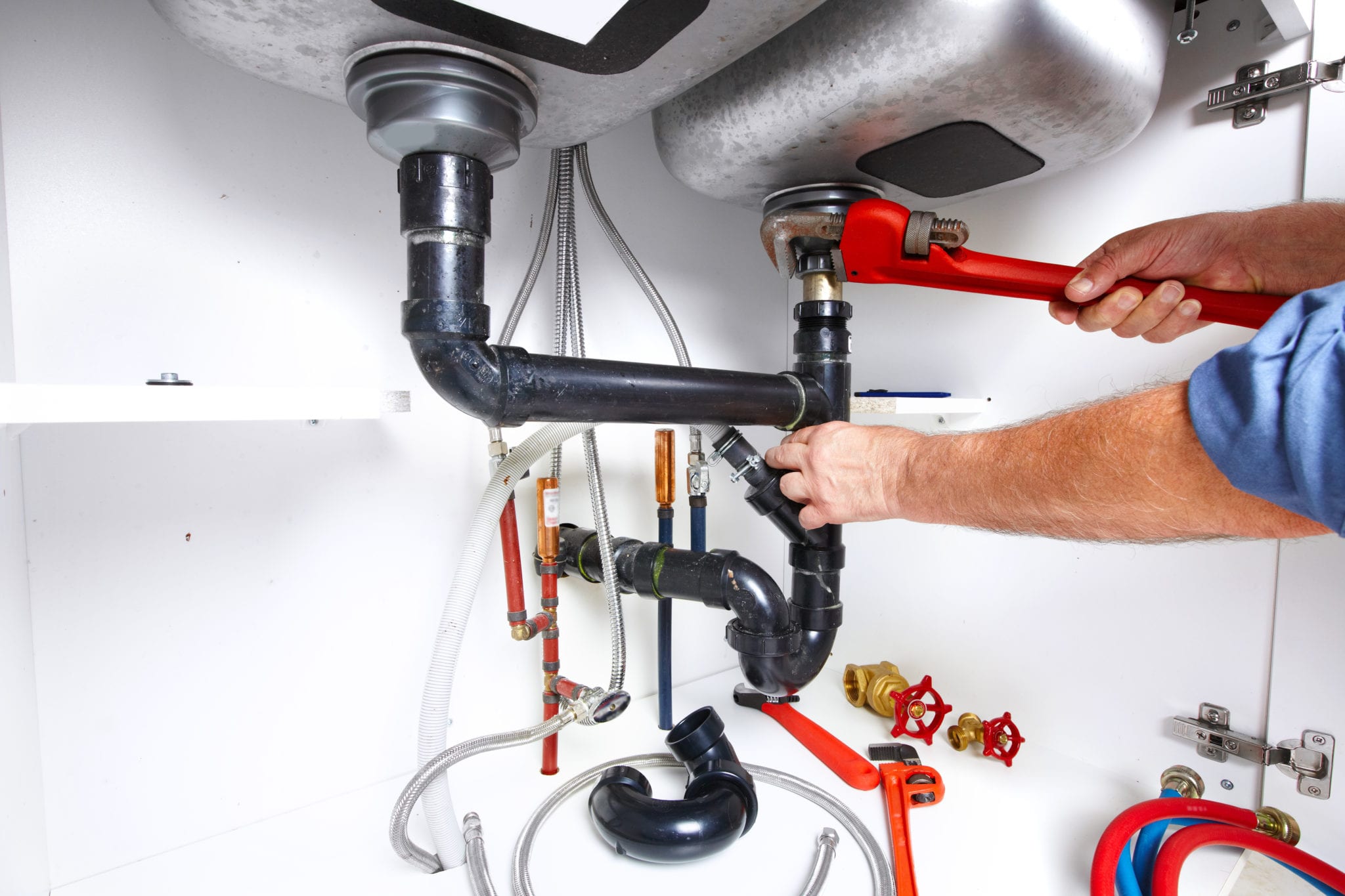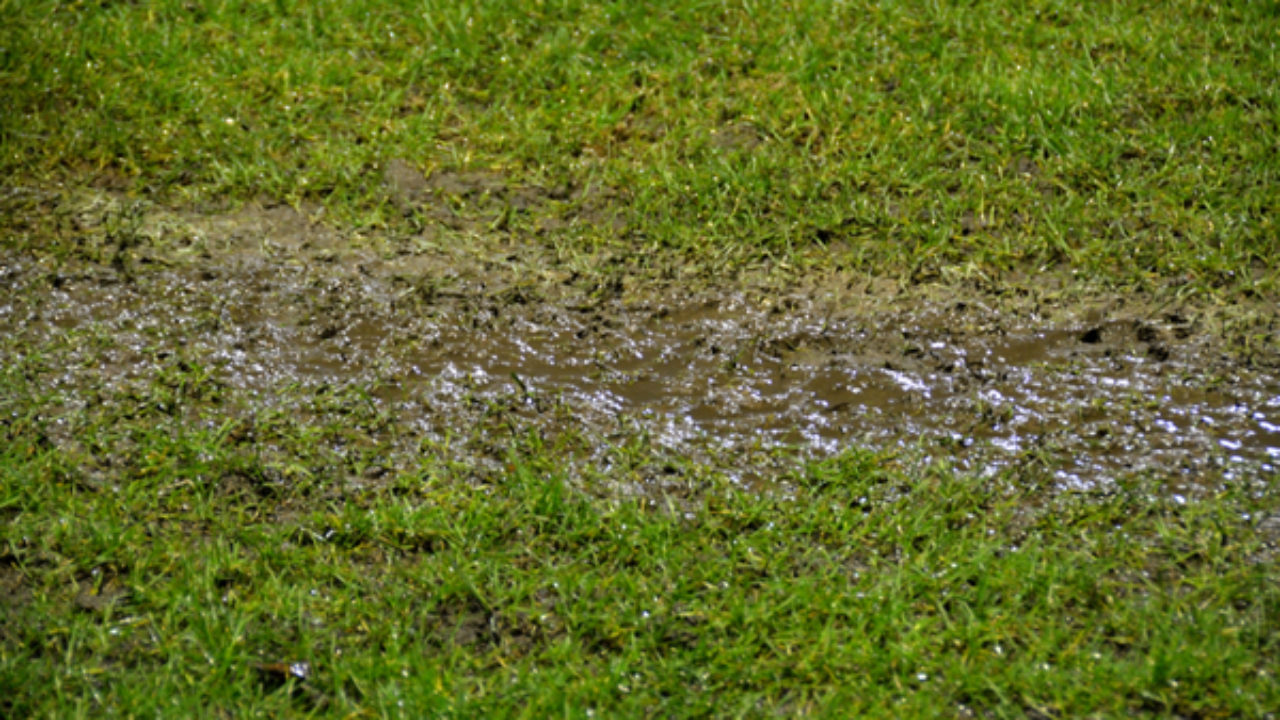The publisher is making several great pointers relating to Detecting hidden plumbing leaks overall in this post just below.

Early discovery of dripping water lines can reduce a prospective disaster. Some tiny water leakages may not be visible.
1. Examine the Water Meter
Every house has a water meter. Checking it is a proven way that helps you uncover leaks. For beginners, shut off all the water sources. Make certain nobody will certainly flush, use the tap, shower, run the washing machine or dish washer. From there, go to the meter as well as watch if it will alter. Since nobody is utilizing it, there should be no activities. That indicates a fast-moving leakage if it relocates. Furthermore, if you identify no changes, wait an hour or two as well as check back once again. This suggests you may have a slow leakage that could also be underground.
2. Inspect Water Intake
Assess your water bills as well as track your water intake. As the one paying it, you should discover if there are any type of disparities. If you spot sudden changes, despite your usage being the same, it indicates that you have leakages in your plumbing system. Bear in mind, your water costs need to drop under the same range each month. An unexpected spike in your expense suggests a fast-moving leak.
A constant rise every month, also with the very same habits, shows you have a slow leakage that's additionally gradually rising. Call a plumber to thoroughly check your residential property, particularly if you feel a warm location on your flooring with piping beneath.
3. Do a Food Coloring Test
30% comes from toilets when it comes to water consumption. Examination to see if they are running correctly. Decline specks of food shade in the storage tank as well as wait 10 minutes. There's a leakage between the tank and dish if the shade somehow infiltrates your bowl throughout that time without flushing.
4. Asses Outside Lines
Do not neglect to check your exterior water lines as well. Needs to water leak out of the link, you have a loose rubber gasket. One tiny leakage can waste tons of water as well as spike your water expense.
5. Analyze the circumstance and check
Homeowners need to make it a practice to examine under the sink counters and even inside closets for any kind of bad odor or mold growth. These 2 warnings indicate a leak so timely focus is called for. Doing routine evaluations, also bi-annually, can conserve you from a significant issue.
A lot more notably, if you recognize your home is already old, keep a watchful eye on your heaters, hoses, pipes etc. Look for discolorations and compromising as most home appliances and pipes have a life expectancy. They will additionally normally degrade because of tear and also use. Don't wait for it to rise if you presume leaking water lines in your plumbing system. Call a professional plumber right away so you do not end up with a dreadful mess in your house.
Early discovery of dripping water lines can alleviate a possible disaster. Some small water leakages might not be noticeable. Checking it is a surefire method that assists you uncover leakages. One little leakage can waste heaps of water and also increase your water costs.
If you suspect leaking water lines in your plumbing system, do not wait for it to rise.
WARNING SIGNS OF WATER LEAKAGE BEHIND THE WALL
PERSISTENT MUSTY ODORS
As water slowly drips from a leaky pipe inside the wall, flooring and sheetrock stay damp and develop an odor similar to wet cardboard. It generates a musty smell that can help you find hidden leaks.
MOLD IN UNUSUAL AREAS
Mold usually grows in wet areas like kitchens, baths and laundry rooms. If you spot the stuff on walls or baseboards in other rooms of the house, it’s a good indicator of undetected water leaks.
STAINS THAT GROW
When mold thrives around a leaky pipe, it sometimes takes hold on the inside surface of the affected wall. A growing stain on otherwise clean sheetrock is often your sign of a hidden plumbing problem.
PEELING OR BUBBLING WALLPAPER / PAINT
This clue is easy to miss in rooms that don’t get much use. When you see wallpaper separating along seams or paint bubbling or flaking off the wall, blame sheetrock that stays wet because of an undetected leak.
BUCKLED CEILINGS AND STAINED FLOORS
If ceilings or floors in bathrooms, kitchens or laundry areas develop structural problems, don’t rule out constant damp inside the walls. Wet sheetrock can affect adjacent framing, flooring and ceilings.
https://www.servicemasterbyzaba.com/blog/how-to-detect-water-leakage-in-walls/

As a reader about Detecting hidden plumbing leaks, I was thinking sharing that piece of content was worthwhile. Sharing is nice. Helping others is fun. Thank you for going through it.